Industrial Leadership in Physics
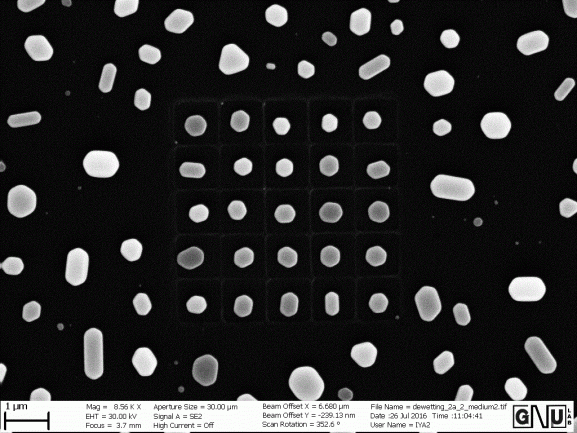
Apprenticeships
In response, the Department of Physics, under the direction of Professor James Freericks, created the ILP program in 2001. Our Department actively seeks apprenticeships with industrial partners. The most successful arrangements occur between individual hiring managers of research departments who have hiring authority and control of a budget. We believe, as grants and programs have legal hiring stipulations, there is a good opportunity for graduate students to work under a program manager in a deputy capacity.
Overview
- Provides an innovative approach to preparing Ph.D. physicists for the hi-tech industry
- Concentrates on Graduate-level curriculum in advanced Applied Physics
- Trains students in business management and entrepreneurship
Motivation
Adapt to Current Research & Industrial needs
- The Committee on Science, Engineering, and Public Policy, a committee of the National Research Council, issued a report entitled, Reshaping the Graduate Education of Scientists and Engineers
- The National Science Foundation held a workshop in 1995 on Graduate Education and Postdoctoral Training in the Mathematical and Physical Sciences that recommended closer academic/industry connections for graduate students
- The Industrial Research Institute, a non-profit organization whose members include over 285 leading companies issued a report entitled, Enhancing Industry-University Cooperative Agreements
Adopt Best Practices
- Respond to the needs of the industry:
- Reduced specialization
- Broader educational exposure
- Enhance student awareness of the industrial environment:
- Understand the unique requirements
- Develop communication and networking skills as well as emotional intelligence
- Enabling work in cross-cultural teams with short deadlines
- Providing an understanding of the business environment and entrepreneurial initiatives
- Apply research problems in an industrial setting
- Enable more time off-campus in industrial internships
- Strengthen interactions between universities and industry through exchange programs
Implementation
- Feature a year-long (11.5 month) apprenticeship with an Industrial Partner
- Include coursework from the McDonough School of Business at Georgetown University in an Accounting and Finance course
- Provide significant team projects, e.g. the Integrative Experience
Apprenticeship Contract
Features
- A specific scope of work designed by the Industrial Partner with a Georgetown faculty member
- Industry partner retains all Intellectual Property Rights during the Apprenticeship
- Student signs a non-disclosure agreement.
- Student supported through a flat fee covering stipend, tuition, health insurance, relocation expenses, etc.
- Student enrolled in full-time thesis research while performing research off-site
Past Apprenticeship Experiences
Russel Ross at Luna Innovations Inc.
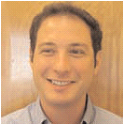
Russ spent a year working at Luna Innovations Nanoworks in Danville, VA. His apprenticeship work involved the development of Luna’s TRIMETASPHERE® carbon nanomaterials for organic photovoltaics. Luna supported him throughout his Ph.D. thesis work.
Jianyun Zhou at Seagate
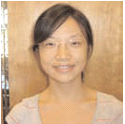
Jianyun did her apprenticeship in the Litho group at Seagate Research Center in Pittsburgh, PA. She focused mainly on electron beam lithography. Her project involved both simulations and experiments searching for an optimized design of the hard disk writing head. She was able to obtain very good high aspect ratio structures for the writing head.
Simon Hale at IBM
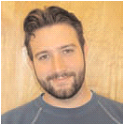
Simon Hale spent one year at IBM’s Almaden Research Center, in San Jose, California on problems related to increasing the density of storage on magnetic tapes for archival storage. Simon’s work involved writing a user-friendly computer code to calculate the switching properties of bits of data on tape. Focusing on cases when the physical size of the bit is made very small and one needs to worry about the effects of temperature, the shape of the grains, and the properties of the read/write magnetic field.
Michael Helle at Naval Research Lab
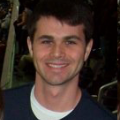
Mike spent a year working in the Plasma Physics Division working on several projects. The first project involved developing a computer code to model the propagation of intense laser pulses in water for NRL’s remote underwater acoustic source program. Mike also experimentally investigated the plasma density of an air-plasma filament. Mike remained at NRL for his Ph.D. thesis research, focusing on investigating the effects of externally injecting an electron beam into a laser wakefield acceleration structure.
